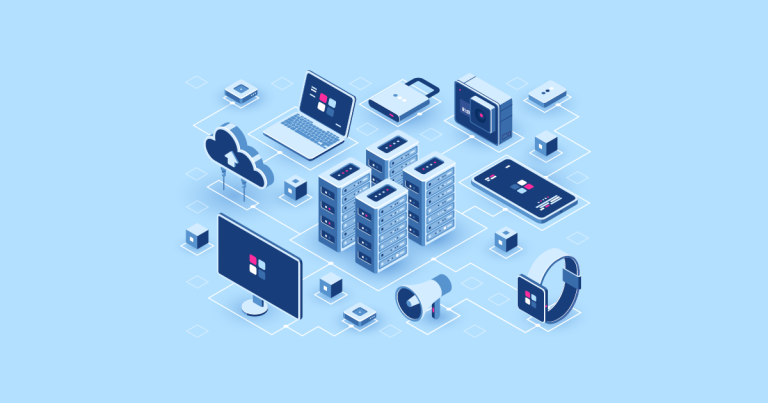
Cloud Computing Models: IaaS, PaaS, and SaaS Explained
As businesses pivot to digital solutions, cloud computing has emerged as the cornerstone of modern IT infrastructure. It offers scalable resources, cost savings, and enhanced performance. But how do organizations choose the right cloud model for their needs? In this article, we’ll demystify the three primary cloud computing models: IaaS, PaaS, and SaaS.
The Essence of Cloud Computing
At its core, cloud computing provides computing resources over the internet. Rather than owning and maintaining physical data centers, businesses can rent access to anything from applications to storage from cloud service providers. This not only reduces costs but also provides flexibility and scalability.
Infrastructure as a Service (IaaS)
Definition:
IaaS offers the fundamental building blocks that users need to run applications and manage workloads. It provides access to networking features, computers, and data storage space.
Characteristics:
- Flexibility and Scalability: Easily scale up or down based on the workload.
- Complete Control: Users have full control over the infrastructure.
- Multiple Users: The infrastructure can support multiple users on a single piece of hardware.
Examples:
Amazon Web Services (AWS) EC2, Google Compute Engine (GCE), and Microsoft Azure VMs.
Use Cases:
Startups or new businesses that don’t have the capital to invest in hardware, or for short-term projects that require quick scaling.
Platform as a Service (PaaS)
Definition:
PaaS provides a platform allowing customers to develop, run, and manage applications without the complexity of building and maintaining the infrastructure.
Characteristics:
- Development Framework: PaaS provides a framework that developers can build upon to develop or customize applications.
- Scalable: As with IaaS, it offers scalability features but specifically for application hosting.
- Integrated Development Tools: Tools for design, development, testing, and deployment are integrated into the platform.
Examples:
Google App Engine, Microsoft Azure App Services, and AWS Elastic Beanstalk.
Use Cases:
Businesses looking to develop applications without the hassle of software updates and infrastructure management, or for streamlining the application development process.
Software as a Service (SaaS)
Definition:
SaaS delivers software over the cloud on a subscription basis. Users can access the software from any device, anytime, using the internet.
Characteristics:
- Web Access: Software is accessible via the web.
- Managed Security and Upgrades: Providers manage security, maintenance, and updates.
- Multitenant: A single instance of the software serves multiple users.
Examples:
Google Workspace (formerly G Suite), Microsoft Office 365, and Salesforce.
Use Cases:
For businesses that require software on a subscription basis, which is maintained externally. Ideal for collaborative tools and customer relationship management platforms.
Which Model is Right for You?
The choice between IaaS, PaaS, and SaaS depends on the individual needs of a business:
- IaaS is for those who desire maximum flexibility and management over their IT resources.
- PaaS caters to those who want to focus solely on application development without worrying about the underlying infrastructure.
- SaaS is ideal for businesses seeking out-of-the-box software solutions that are accessible from anywhere.
The digital transformation wave underscores the importance of cloud computing. Whether it’s IaaS, PaaS, or SaaS, each model offers a unique set of features tailored to different business needs. By understanding the intricacies of these models, businesses can make informed decisions, ensuring efficiency, scalability, and a high return on investment in their IT endeavors.